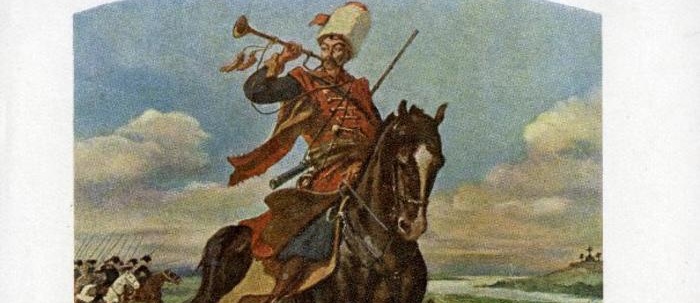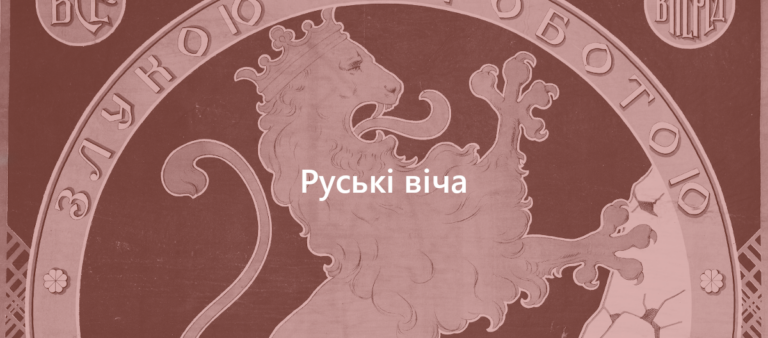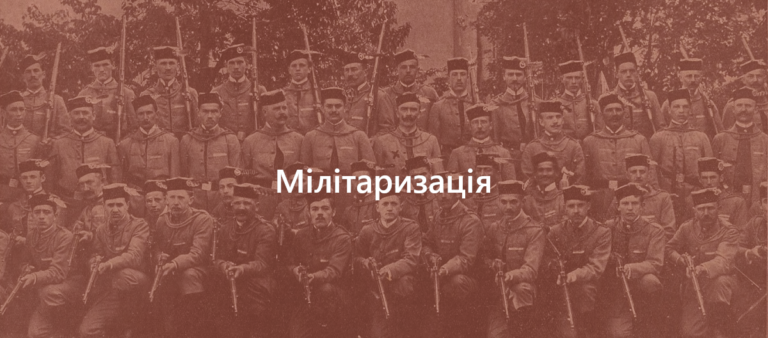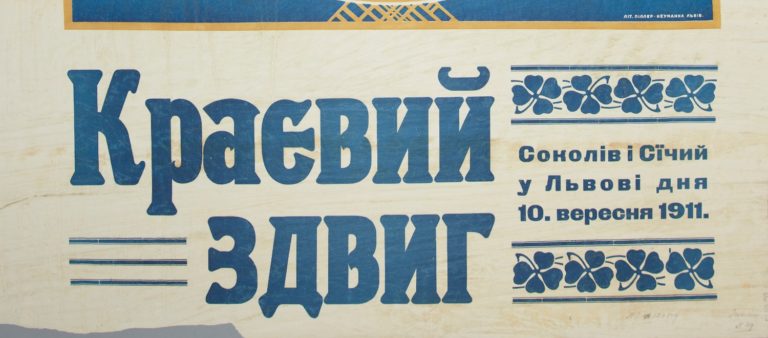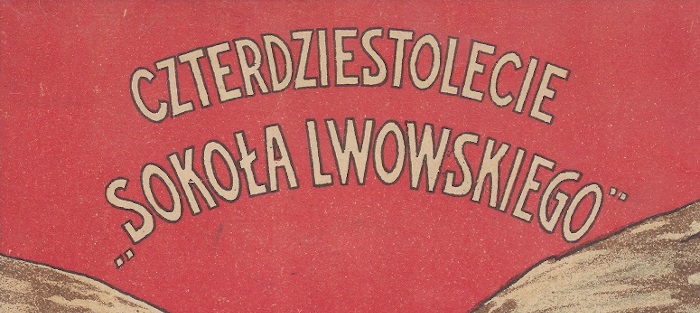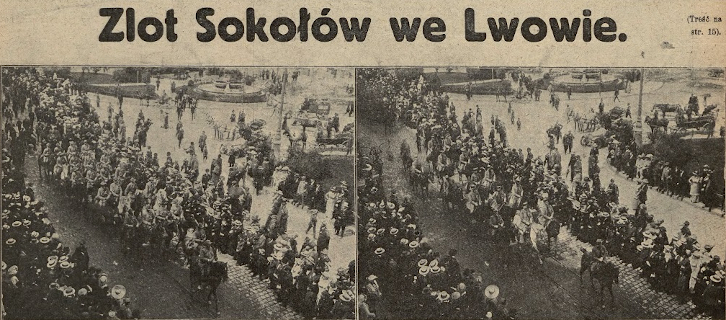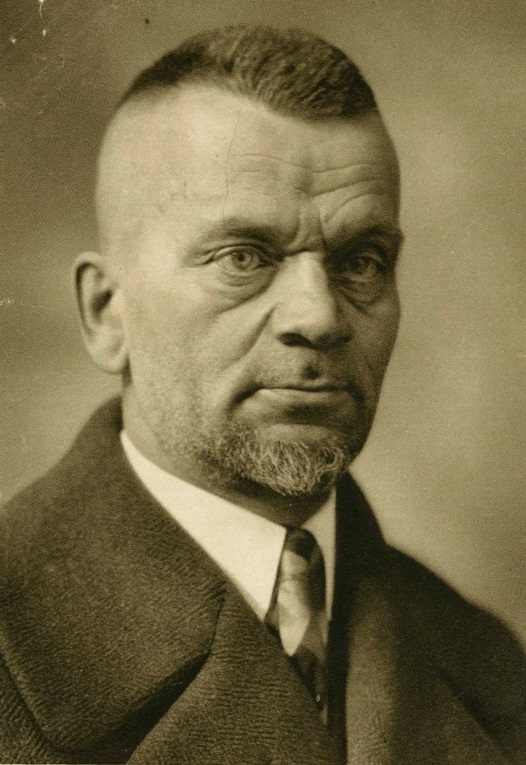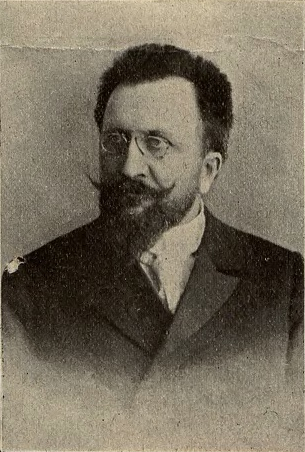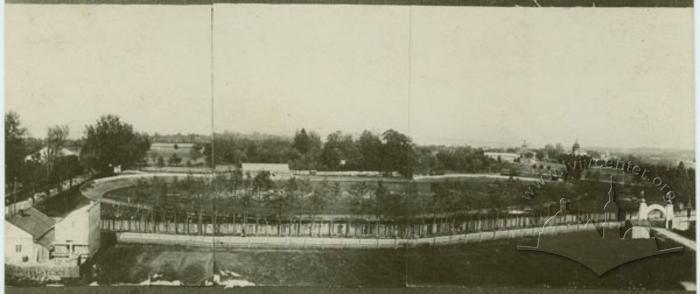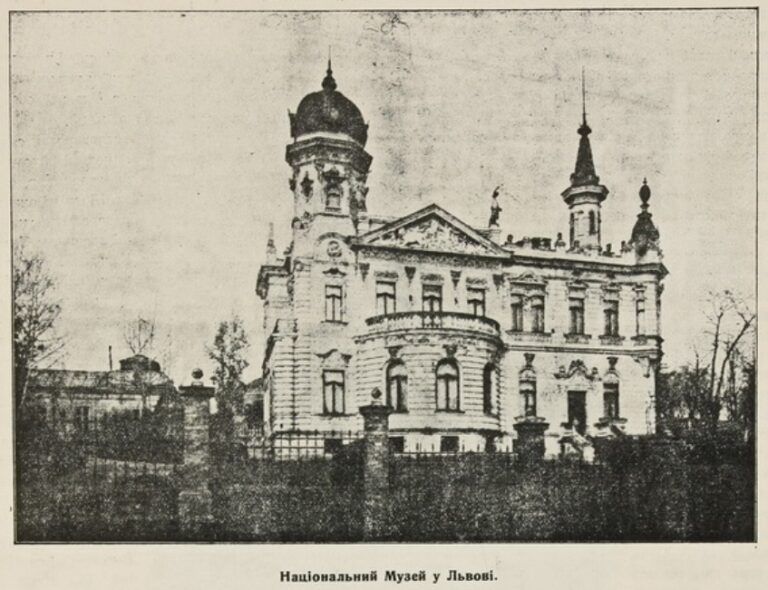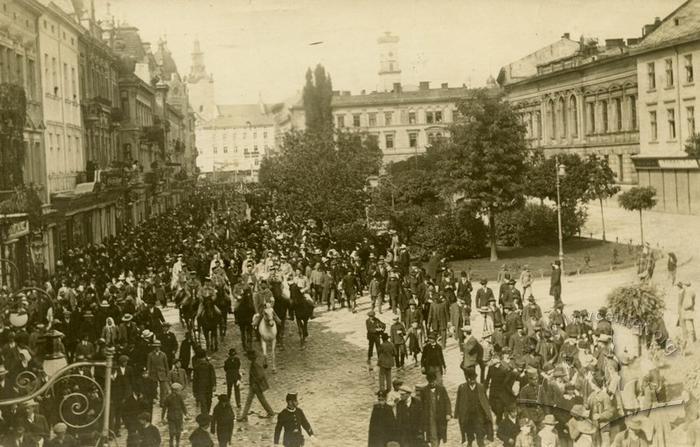On June 28, 1914, a large-scale celebration of the 100th anniversary of Taras Shevchenko's birth, known as "Shevchenko's Rally," took place in Lviv. According to the organizers' plan, this event was supposed to demonstrate the organizational and physical readiness of Ukrainians in Galicia for the upcoming war against the backdrop of growing Ukrainian-Polish tensions.
History
On 28 June 1914, an enormous celebration marking the 100-year anniversary of Taras Shevchenko's birthday – "Shevchenko's Rally", took place in Lviv. This event was attended by Ukrainian paramilitary organizations "Sokil-Father," "Ukrainian Sich Union," sports society "Ukraine," and Plast members. According to the organizers, this event was supposed to demonstrate the organizational and physical readiness of Ukrainians in Galicia for the upcoming war against the backdrop of growing Ukrainian-Polish tensions. In an announcement in the newspaper "Dilo" on June 15, 1914, the gathering was compared to ancient sports games; this event was to be a demonstration of the strength of the Ukrainian movement, its readiness to fight and win. The organizing committee called on Ukrainians in Lviv to decorate the windows of their homes with blue and yellow ribbons and portraits of Taras Shevchenko. This was justified by the fact that not only delegates from Ukrainian societies in the region were to be present at the celebrations in Lviv, but also representatives from Bukovina, Dnipro Ukraine, as well as national Czech and Croatian societies of the Empire. Therefore, it was necessary to demonstrate to everyone that Ukrainians in Lviv were not an insignificant "colony," but that they occupied an important position.
On the eve of the rally, celebrations marking the 100th anniversary of Taras Shevchenko's birth took place in various cities across the region, including Lviv. These events included concerts and solemn marches by Ukrainian societies and organizations. Participants in the rally who were loyal to the Austrian authorities identified Russian autocracy as the main enemy of the Ukrainian liberation movement, noting in this context the importance of Ukrainian paramilitary and sports organizations in Galicia.
Itinerary
From the "Ukrainskyi horod" along the streets of ul. Kadecka (today's Heroiv Maidanu Street), Kopernika, Slowackiego, 3 Maja (today's Sichovykh Striltsiv Street), Jagełłońska (today's Hnatiuka Street), Karola Ludwiga (today's Svobody Avenue), Skarbkowska (today's Lesi Ukrainky Street), Krakowska and through the Rynek Square, the participants went on to ul. Halicka, pl. Halicka, ul. Akademicka (today's Shevchenka Avenue), ul. Mochnackiego (today's Drahomanova Street), where opposite from the National Museum a bust of Taras Shevchenko was erected and adorned in green, ul. Supińskiego (today's Kotsiubynskoho Street), to the beginning of ul. Zyblikevycha (a section of today's Ivan Franko Street from the beginning of Zielona), onto Stryjska.
